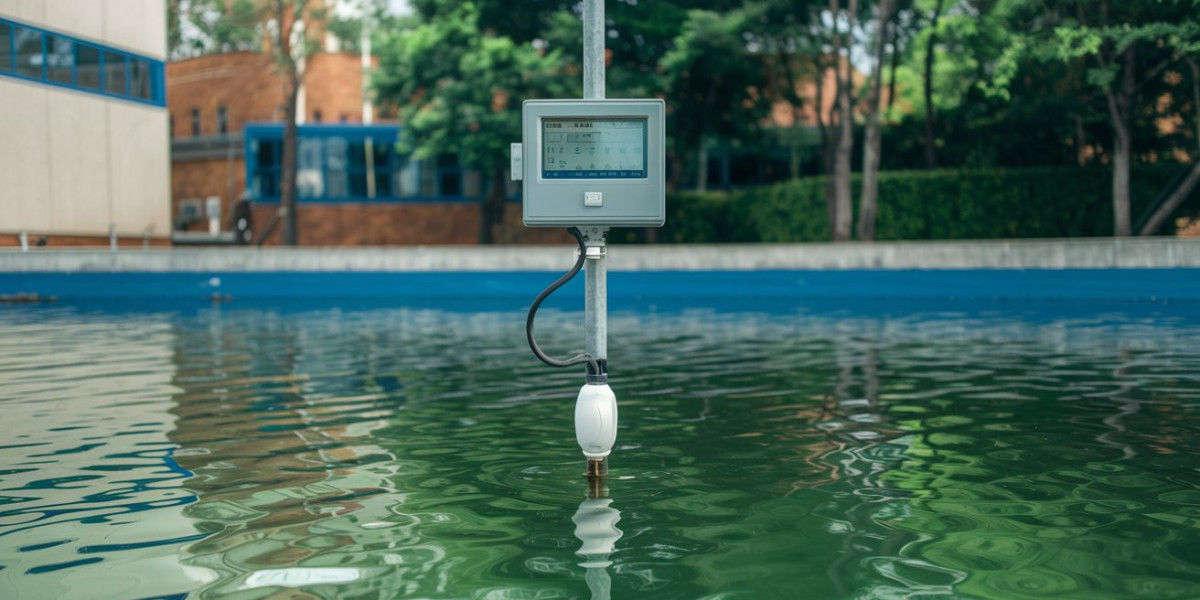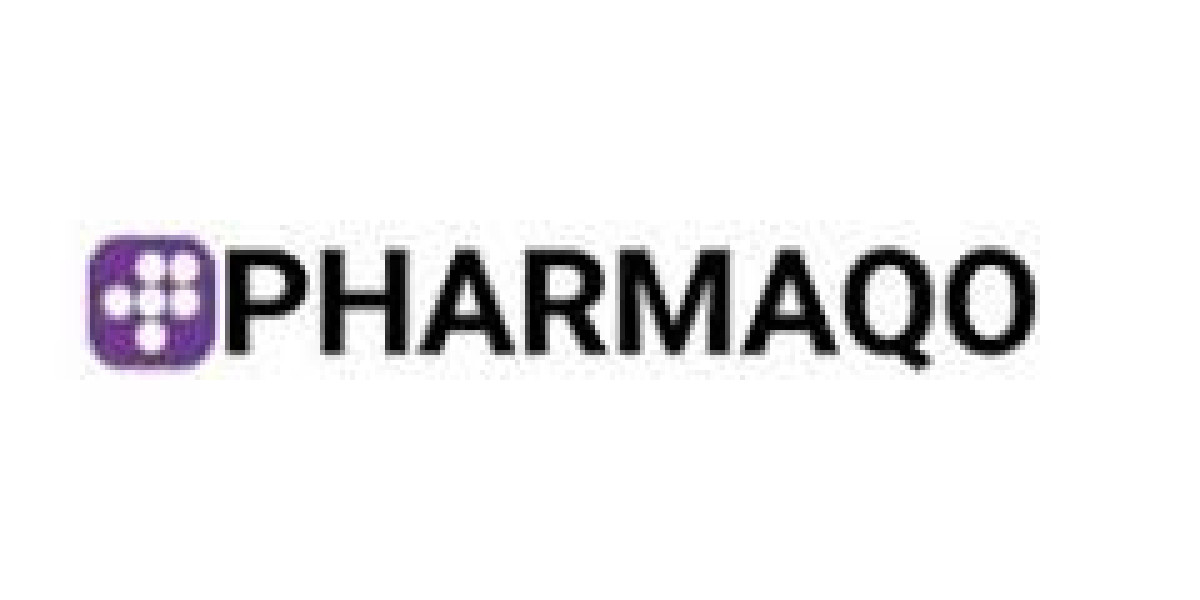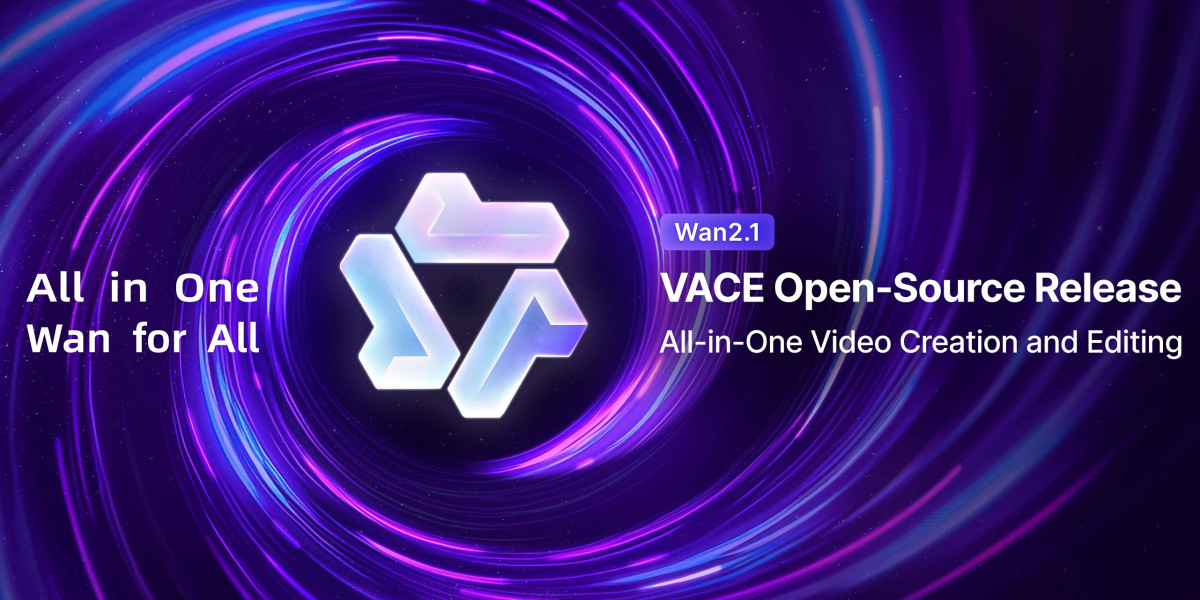Introduction: Why Water Level Monitoring Can’t Be Ignored
Managing water isn't just about flow—it's about control. Across municipalities, industries, and farmlands, the need to monitor water levels has never been more important. Whether it’s a city lift station, an irrigation reservoir, or a wastewater tank, these systems are too critical to be left unchecked.
That’s where remote water level monitoring comes in. This technology provides real-time visibility and alerting, allowing operators to react quickly, reduce downtime, and prevent disasters. It’s not just smart—it’s essential.
The Shift from Manual to Smart Monitoring
What’s Broken with the Old Way?
In the past, water level checks involved physically inspecting tanks, relying on float switches, or depending on outdated telemetry systems. These methods were slow, inconsistent, and reactive.
Today, remote monitoring brings everything online—offering real-time access, data-driven insights, and predictive maintenance, all from a centralized dashboard.
How Remote Water Monitoring Works
Simple Sensors. Smart Results.
At the core of every remote system is a sensor (ultrasonic, pressure, or radar-based) and a connected device that transmits data via cellular networks. The information is fed into cloud platforms, where operators can track levels, set thresholds, and get instant notifications.
What You See Is What’s Happening Now
Live dashboards show tank or well levels in real time. Alerts ping via text, email, or app when limits are crossed, equipment behaves oddly, or unexpected patterns emerge.
Why Remote Water Level Monitoring Matters
1. Fast Emergency Response
The faster you know there’s a problem, the quicker you can stop it. That kind of speed only comes from systems that are constantly watching.
2. No More Guesswork
Remote data means decisions are based on facts, not assumptions. It also helps with planning, predicting trends, and optimizing operations.
3. Safer Infrastructure
Overflowing tanks, dry wells, or flooded basements? Preventing these starts with better monitoring.
Key Industries Benefiting From This Technology
Municipal Utilities
Cities use remote monitoring to track water towers, treatment plants, and sewer lines. This reduces risk and saves on labor costs.
Agriculture
Farmers can remotely manage irrigation tanks, avoid flooding, and ensure crops get just the right amount of water.
Industrial Operations
From food processing to chemical plants, industrial sites rely on consistent water flow. Monitoring helps them meet compliance and protect assets.
Real-Life Example: A Small Town with Big Results
Take a small rural town dealing with aging infrastructure. They installed a cloud-based remote water level monitoring system across their sewer lift stations and saw immediate improvements. Fewer site visits. Early flood warnings. More accurate data for grant applications.
That’s the kind of impact this technology makes—it’s not just convenient, it’s transformative.
Choosing the Right Remote Monitoring System
What to Look For:
Cellular Connectivity: Especially useful where Wi-Fi or power is spotty.
Easy Installation: No complex rewiring or programming needed.
Durability: Hardware that handles the elements without flinching.
User-Friendly Software: Dashboards should be simple and visual.
Data Backup: Cloud storage ensures nothing gets lost.
The OmniSite Advantage
OmniSite specializes in remote monitoring devices designed specifically for water and wastewater systems. Their XR50 and OmniBeacon devices pair seamlessly with their GuardDog platform, offering instant visibility, secure alerts, and device-to-device automation through Peer-to-Peer Control.
All hardware is made in the U.S., rugged, and built for long-term reliability—making it a go-to for municipalities and utility operators nationwide.
Future-Proofing Critical Infrastructure
Infrastructure failures don’t happen because no one cared. They happen because no one saw it coming. Remote water level monitoring changes that. It puts the power back in your hands—so you’re not just reacting to problems, you’re preventing them.
From cleaner communities to safer industries, smarter monitoring is the foundation of safer systems.
Conclusion: Real Monitoring for Real-World Needs
Remote water level monitoring isn’t just about better data—it’s about better control, better safety, and better decisions. Whether you're running a city or managing a single tank, this technology makes sure you're always one step ahead.








